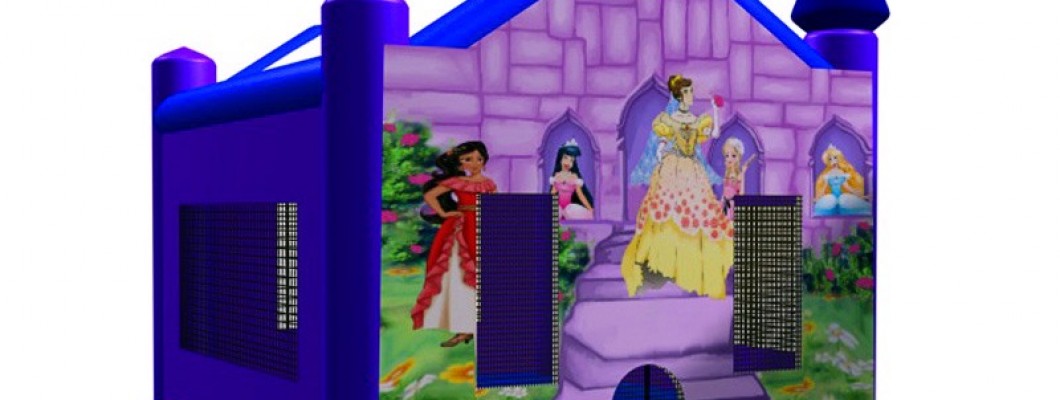
Bounce houses are a source of joy and laughter for children, but what happens when these inflatable structures become contaminated with mold? Many parents and event organizers may wonder if it’s safe for kids to play in a moldy bounce house. This article delves into the health risks associated with mold exposure and provides guidance on what to do if you discover mold in your inflatable.
1. Understanding Mold and Its Health Risks
Mold is a type of fungus that thrives in damp and humid environments. When kids play in a moldy bounce house, they may be exposed to a variety of health risks, including:
- Respiratory Issues: Mold spores can trigger allergic reactions, asthma attacks, and other respiratory problems.
- Skin Irritation: Direct contact with moldy surfaces can cause rashes and skin irritation.
- Sinus Congestion: Exposure to mold can lead to sinus infections and congestion, particularly in sensitive individuals.
2. Signs of Mold Exposure in Children
Recognizing the symptoms of mold exposure is crucial for ensuring the safety of children. Look for:
- Sneezing, coughing, or wheezing.
- Itchy or watery eyes.
- Skin rashes or irritation.
- Headaches or fatigue.
3. Should Kids Play in a Moldy Bounce House?
The short answer is no. Allowing kids to play in a moldy bounce house is not safe. Here’s why:
- The potential health risks associated with mold exposure outweigh the temporary enjoyment of jumping in the inflatable.
- Children with allergies or asthma are particularly vulnerable and may experience severe reactions.
- It can lead to long-term health issues if mold exposure is not addressed promptly.
4. What to Do If You Discover Mold
If you find mold in your bounce house, it’s essential to take immediate action:
- Remove children from the bounce house immediately.
- Inspect the inflatable to determine the extent of the mold growth.
- Clean the affected areas with a mixture of mild detergent and water, or consider using a specialized mold cleaner.
- Thoroughly dry the bounce house before storage to prevent further mold growth.
- If the mold persists or the damage is extensive, consider consulting a professional cleaning service or replacing the inflatable.
5. Conclusion
In conclusion, it is not safe for kids to play in a moldy bounce house. The health risks associated with mold exposure can have serious consequences, especially for children with pre-existing conditions. Regular maintenance and inspections are vital to ensuring a safe and enjoyable bouncing experience. If mold is discovered, prompt action is necessary to protect the health and well-being of all young jumpers!

Leave a Comment